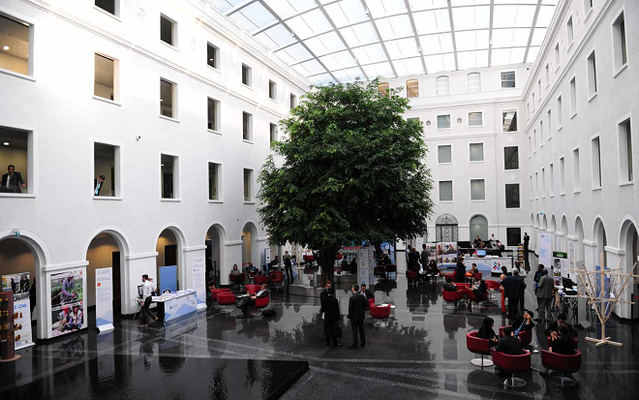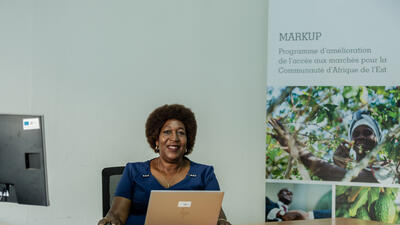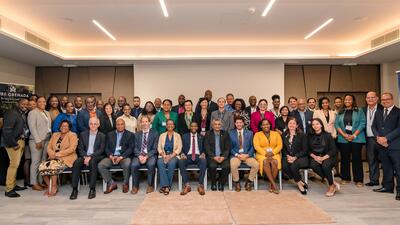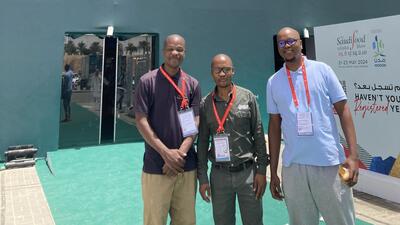
Why trade costs matter: the 5th Global Review of Aid for Trade
High trade costs constrain the economic advancement of many developing countries by impeding their ability to take full advantage of world markets. This is especially true for the 49 least developed countries (LDCs) that account for just 1.23% of global trade.
Many of these high trade costs take the form of fixed expenditures that tend to hit small and medium-sized enterprises (SMEs) particularly hard as they tend to deal in smaller quantities. As a consequence, trade costs make up a larger share of unit costs for small and medium-sized exporters than for rivals trading larger volumes.
World Bank research shows a trend towards declining trade costs in developing countries, albeit from a much higher baseline than among developed countries and decreasing at a slower rate.
To address these constraints and deliver the inclusive, sustainable growth envisioned by the emerging post-2015 development agenda, action is required to reduce those costs. It is within this context that the World Trade Organization’s (WTO) Fifth Global Review of Aid for Trade. The event will be held from 30 June to 2 July 2015 in Geneva under the theme of ‘Reducing Trade Cost for Inclusive, Sustainable Growth.’
Impact of trade costs
Underpinning the Fifth Global Review is an extensive monitoring and evaluation exercise. Its aim is to survey how trade costs affect developing countries’ competitiveness and ability to connect to regional and global value chains. It will also examine what is being done to address this issue and how Aid for Trade can help reduce trade costs as well as the associated impacts to deliver inclusive and sustainable growth.
To collect this information, self-assessment questionnaires and requests for case stories are being circulated to donors, regional economic communities, South-South partners and developing and least-developed countries. In addition, a call for case studies is being circulated to the private sector,
academia and NGOs (www.wto.org/aftmonitoring).
Responses to the questionnaires and information provided in the case studies will be analysed and conclusions presented in the flagship publication ‘Aid for Trade at a Glance: Reducing Trade Costs for Inclusive, Sustainable Growth.’ The publication will be launched and discussed at the Fifth Global Review.
TPO Monitoring exercises
According to a first survey of trade promotion organizations (TPOs) at the 10th TPO Network World Conference and Awards in early November 2014, the top three sources of trade costs for exporters are access to trade finance; costs related to overcoming non-tariff measures (NTMs) and regulatory burdens; and costs related to border procedures in partner countries.
When the sample is reduced to LDC respondents only, however, NTMs and regulatory measures drop out of the top three generators of trade costs. National infrastructure and access to trade and market information move up to the third rank among the most important sources of trade costs.
As for the type of trade facilitation measures in partner countries that would benefit exporters most, the top priorities
of responding TPOs were the availability of information regarding clearance procedures for imports or exports of goods; the release and clearance of goods according to simplified and harmonized customs procedures; and minimizing the incidence
and complexity of import, export and transit formalities.











